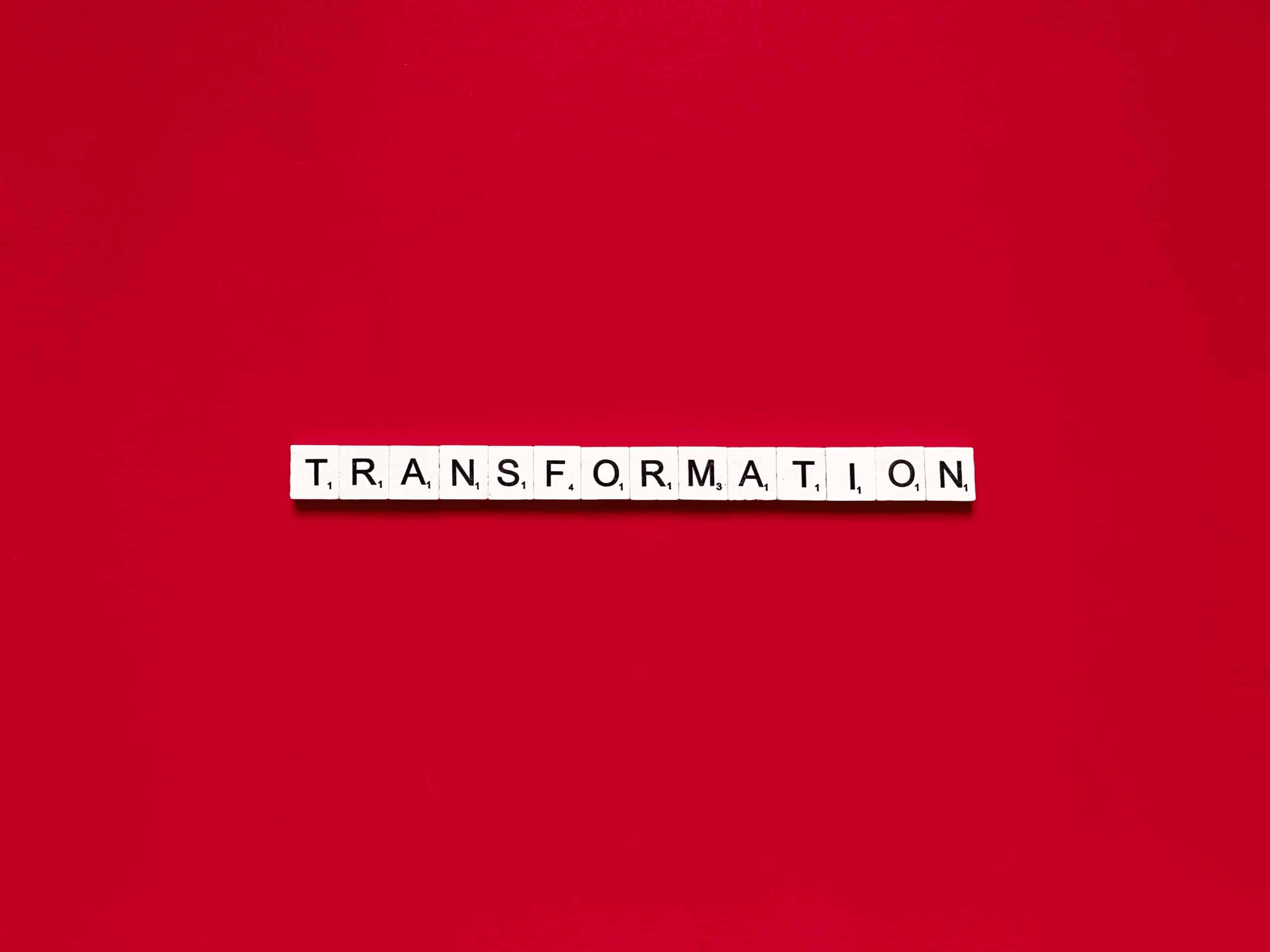In the world of sound and audio production, finding the perfect space to record can prove challenging. Not everyone has access to a professional recording studio, and noise from the outside world can make establishing a home studio equally as problematic. However, don’t be disheartened. With a little creativity and effort, you can transform a small, unused space like a closet into a fully functioning recording booth. In this article, we will guide you through the process of converting a closet into an acoustic sanctuary where you can create high-quality audio content.
Choosing the Right Closet
Finding the ideal closet for your home studio is the first step. It should be a space where you will feel comfortable spending time recording, and one that can accommodate all your equipment.
This might interest you : How to Create an Indoor Play Area for Kids with Sensory Processing Disorders?
When selecting a suitable closet, consider its size first. It should be large enough to house a mic stand, a computer, a chair and the necessary audio production gear. But remember, the purpose is to create a compact studio, so don’t aim for a wardrobe that’s too large.
The location of the closet is another significant factor. A closet located in a quiet part of your home, away from busy roads or noisy neighbors, will be more conducive to quality audio recording. The less background noise, the better your audio quality will be.
Also to read : What’s the Best Approach to a Home Office with a Hidden Bed for Guests?
Lastly, the closet must be well-ventilated. Extended periods in a small, confined space can become uncomfortable without proper ventilation, so ensure your chosen closet has adequate airflow.
Soundproofing Your Closet
Soundproofing is a critical aspect of converting your closet into a home recording studio. Soundproofing will prevent outside noise from infiltrating your recordings and also help to contain the sound within your closet, reducing noise spill-over into the rest of your house.
You can achieve soundproofing by lining the walls and door of your closet with acoustic foam. This special type of foam absorbs sound waves, thus reducing echo and background noise. Note that the thicker the foam, the more sound it will absorb.
For the floor, consider using a thick rug or carpet. Hard surfaces can cause sound to bounce, creating unwanted echo, while soft materials help to absorb sound.
Sealing gaps around the closet door with weather stripping is another effective way to soundproof your space. You could also hang heavy curtains or blankets over the door for added sound absorption.
Setting Up Your Equipment
Once the closet is soundproofed, you can start setting up your recording equipment. The essential items for a home studio include a microphone, headphones, a pop filter, a mic stand, and a computer or laptop with audio editing software.
The microphone should be the focal point of your setup. Depending on the size of your closet, you may want to consider a boom arm for your mic. This not only saves space but also allows you to position the mic at the perfect height and angle for recording.
The placement of your equipment is crucial for optimal acoustics. Your computer should be positioned in a way that doesn’t interfere with the path of sound from your mouth to the mic. The same applies to your pop filter and any other equipment you may have.
Acoustically Treating Your Studio
After setting up your equipment, it’s time to take care of the interior acoustics. While soundproofing keeps sound in (or out), acoustic treatment enhances the quality of the sound within your studio.
Diffusers are great for scattering sound waves, reducing echoes, and giving a more natural ambience to your sound. Bass traps, typically placed in corners, can help control low-frequency resonance and make your sound clearer.
Remember, the goal of acoustic treatment is balance. You don’t want your space to be too ‘dead’ (completely sound-absorbent), nor too ‘live’ (lots of reverb). A combination of diffusers and bass traps can help achieve this harmony.
Keeping Your Studio Organized
Now, you have a fully functional home recording studio. The final step is to keep it organized. A cluttered studio can interfere with your comfort, your ability to work effectively, and your sound quality.
Cable management is a significant part of keeping your studio tidy. Use cable ties or velcro straps to keep cords from tangling and to help maintain a neat work area.
Having a dedicated space for each piece of equipment will also help keep your studio organized. This goes for everything from your mic and headphones to smaller items like memory cards and batteries.
Turning your closet into a recording studio may seem like a daunting task, but with careful planning and a bit of effort, it’s entirely achievable. The result will be a compact, efficient, and comfortable space where you can focus on creating your audio masterpieces.
Upgrading Your Studio
Now that you have a functional recording space, you might want to consider some extra upgrades to enhance your recording experience. These can range from adding more advanced equipment to introducing decorative elements that inspire creativity and make your studio more pleasant to work in.
The best part about having your own recording studio is that you can customize it to suit your needs. If you’re a musician, you might want to add a compact MIDI keyboard, a guitar hook, or a small mixer to your setup. For podcasters or voice-over artists, a quality voice processor could be a valuable addition.
Lighting is another aspect that often gets overlooked. Proper lighting can not only influence your mood but also reduce eye strain during long sessions. A dimmable LED desk lamp or some ambient LED strips can provide sufficient light without disrupting your recording equipment.
Remember, your recording closet is not just a functional space but also a place where you’ll be spending a significant amount of time. So, consider making it a place where you feel comfortable and inspired. Decorate your recording booth with your favorite artwork or photographs, or paint the walls in a color that you find calming or stimulating.
Conclusion: Embracing Your Compact Recording Studio
Converting a closet into a compact home recording studio is an excellent solution for aspiring musicians, podcasters, voice-over artists, and anyone seeking a quiet place to record high-quality audio. By choosing the right closet, soundproofing it effectively, setting up your equipment wisely, treating your space acoustically, and keeping it organized and upgraded, you can create a professional recording space right in your home.
A studio recording in a closet might seem unconventional, but it offers numerous advantages, including cost-effectiveness, convenience, and sound isolation. It allows you to work at your own pace, without the pressure of booking and paying for studio time. Plus, it’s a project that you can continually improve, adding new elements and enhancements as your skills and needs evolve.
Whether you’re creating music, producing podcasts, or recording voiceovers, your closet-turned-studio will provide you with a sound booth that is both intimate and professional. Embrace your compact recording space and let it inspire you to create high-quality audio content that resonates with your audience.











